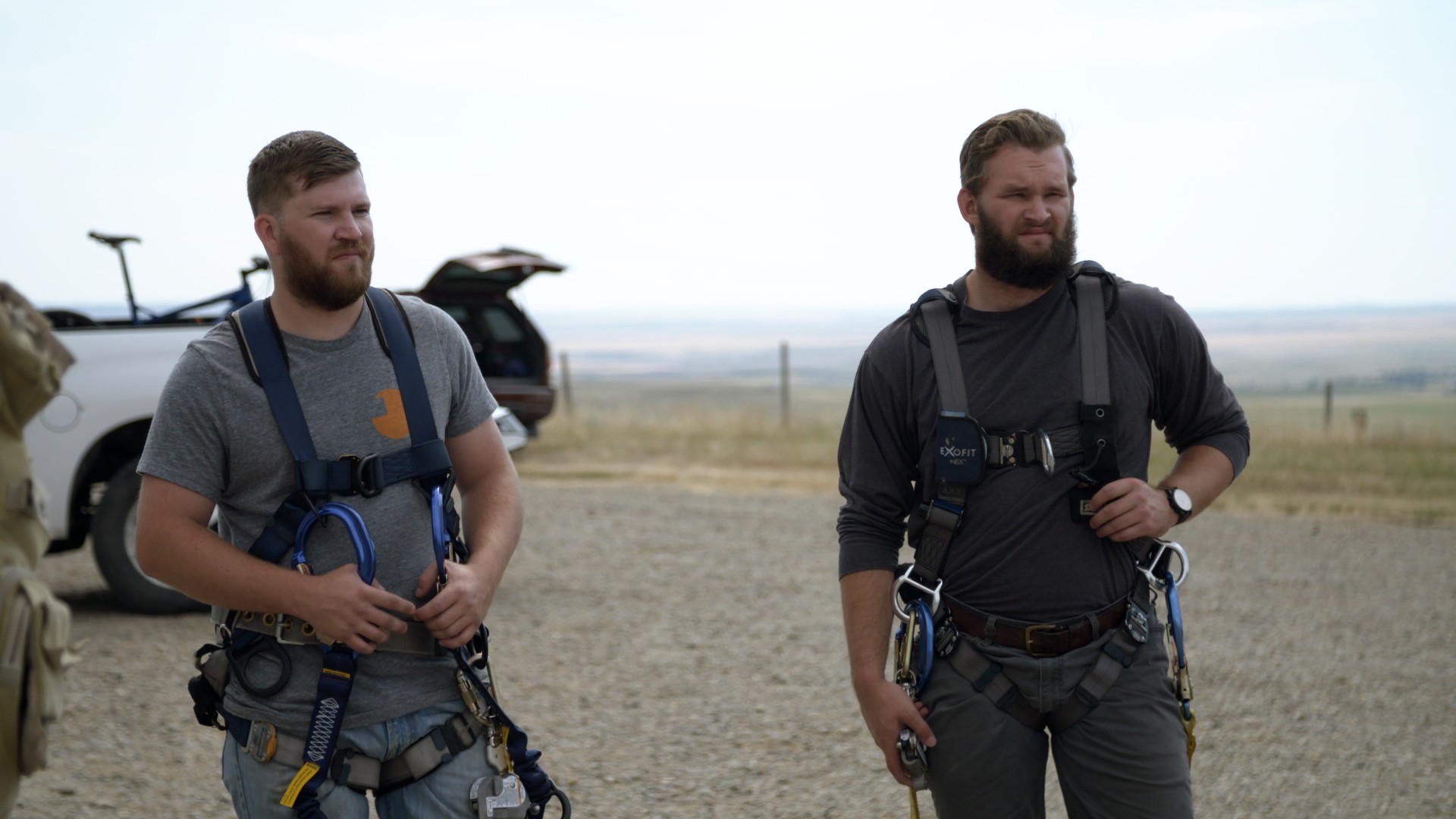Miners walk underground. Coal mining, physically and mentally, is still one of the most dangerous jobs. Stock photo by Getty Images
Tipping Point covers environmental justice stories about and, where possible, written by people in the communities experiencing the stark reality of our changing planet.
Advertisement
Advertisement
Advertisement
Advertisement

Advertisement
